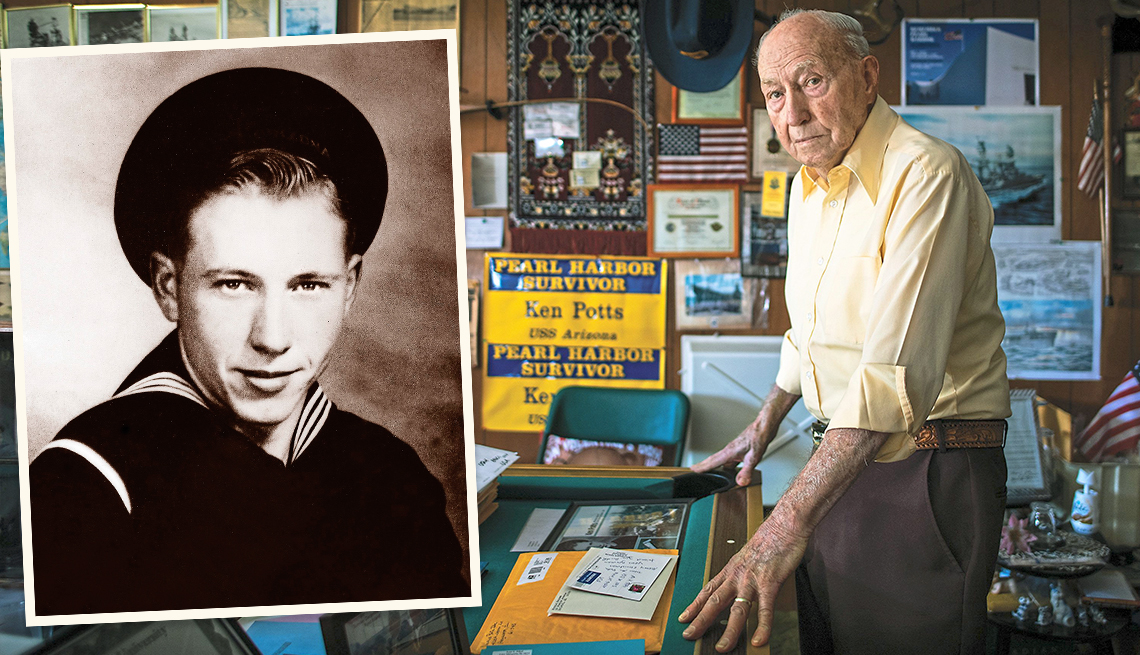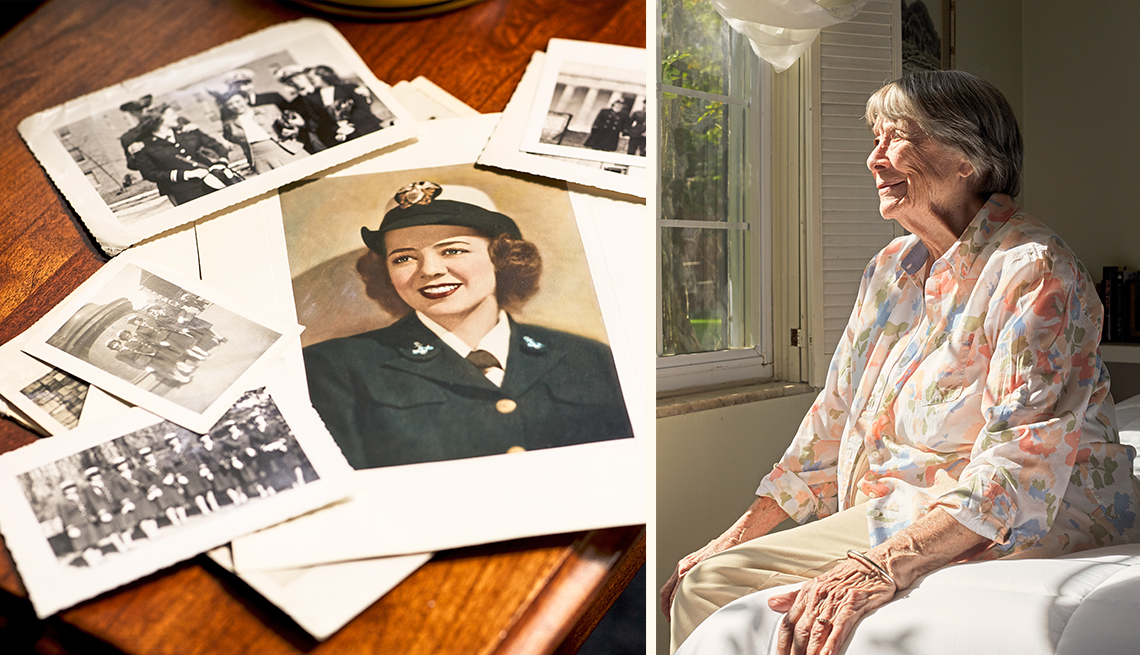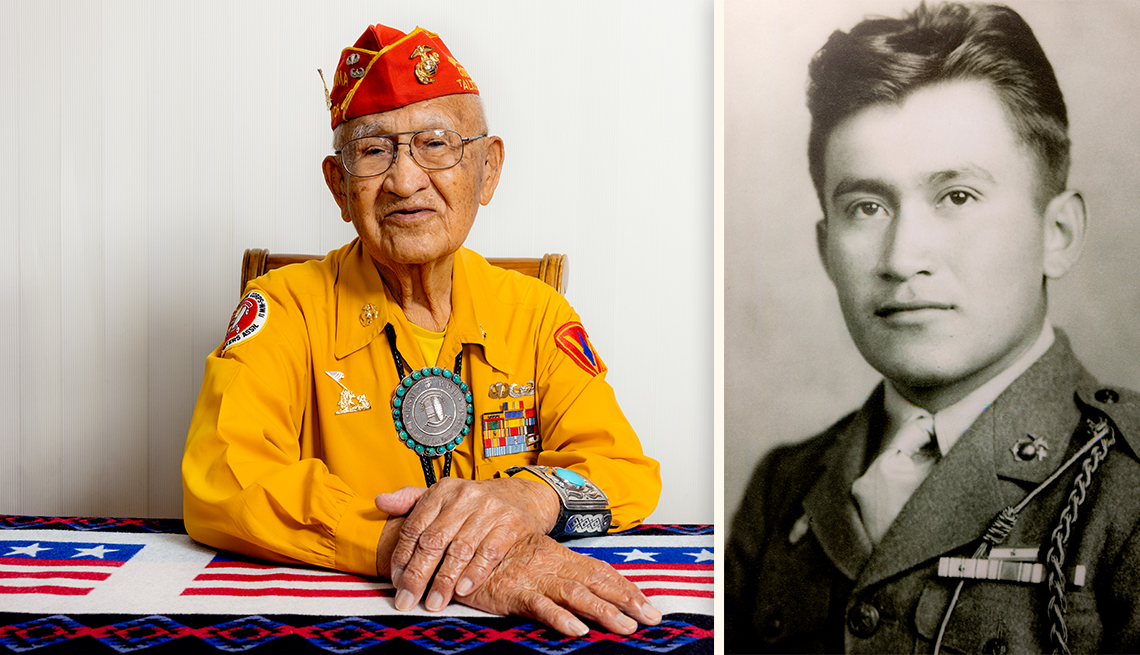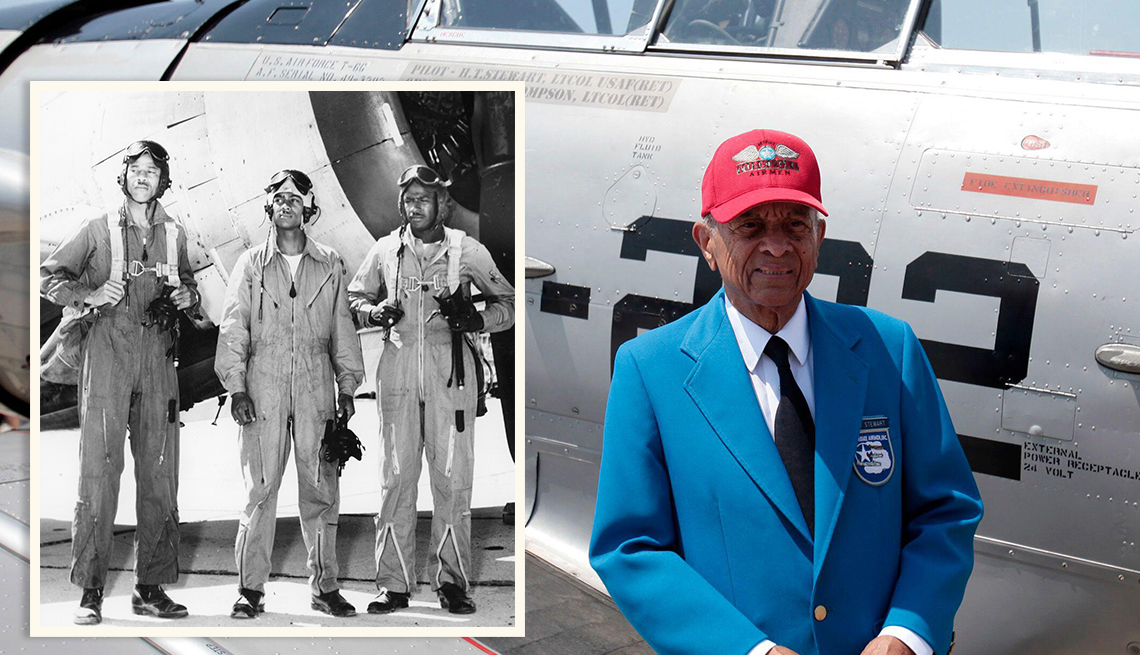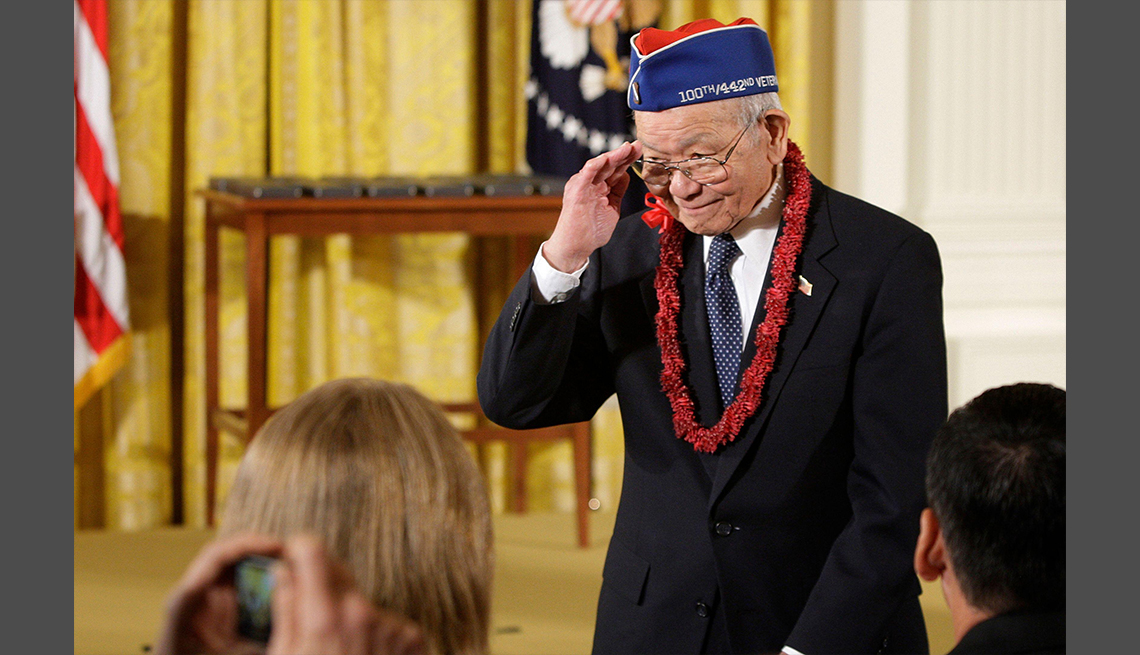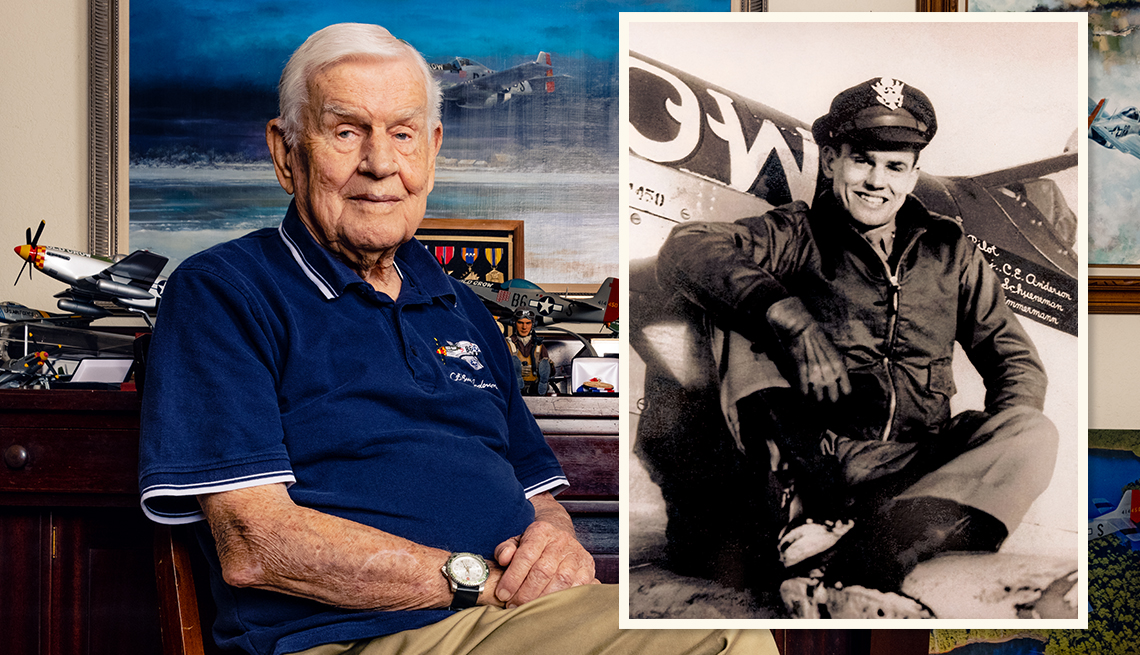6 Inspiring Stories From Those who Remember the Pearl Harbor Attack
The number of Americans with first-hand knowledge of the infamous day is dwindling
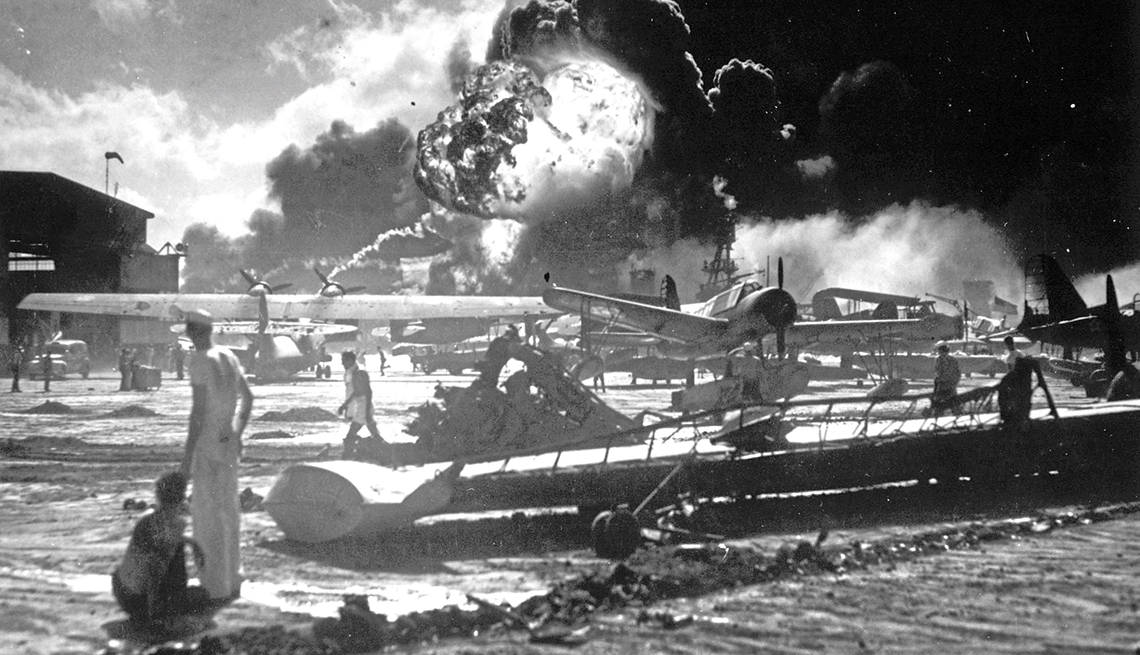
AP File Photo
In this Dec. 7, 1941, file photo provided by the U.S. Navy, sailors stand among wrecked airplanes at Ford Island Naval Air Station as they watch the explosion of the USS Shaw in the background, during the Japanese surprise attack on Pearl Harbor, Hawaii.
The generation that remembers Pearl Harbor is fading. Fewer than 2 percent of the Americans who served in World War II are still alive. But some whose lives were forever changed that day can still share their tales. Here are a few of their stories.
- |
- Photos

